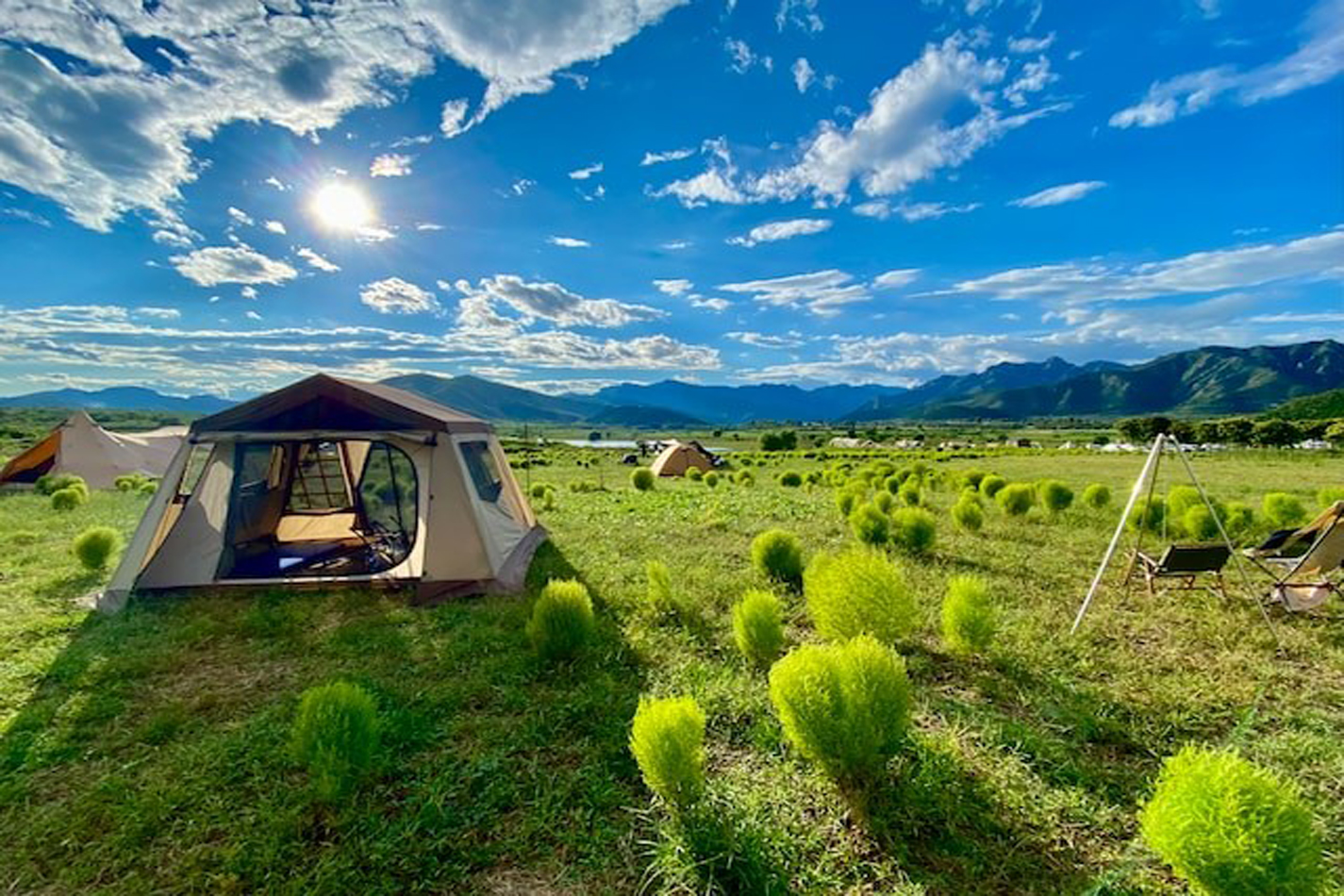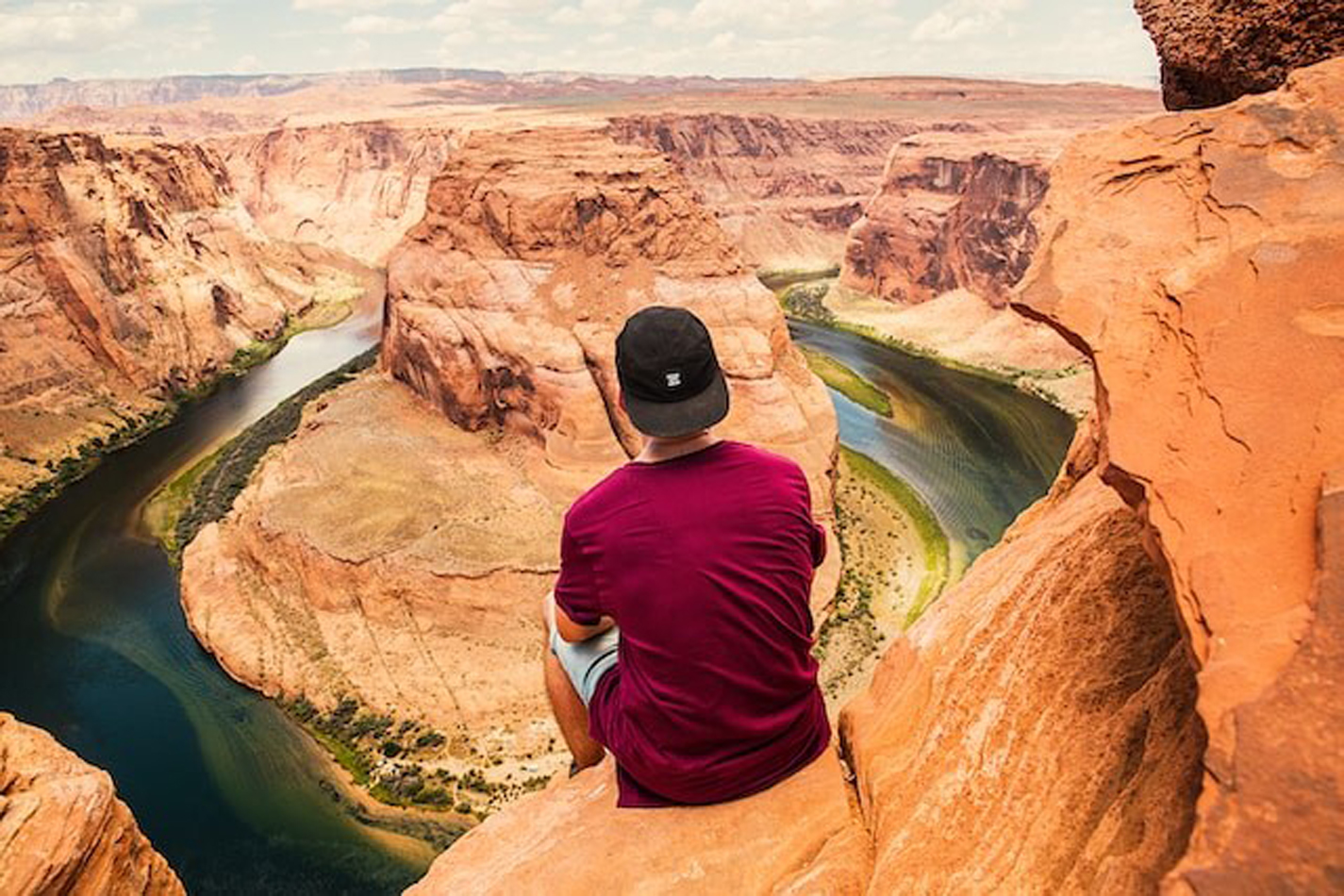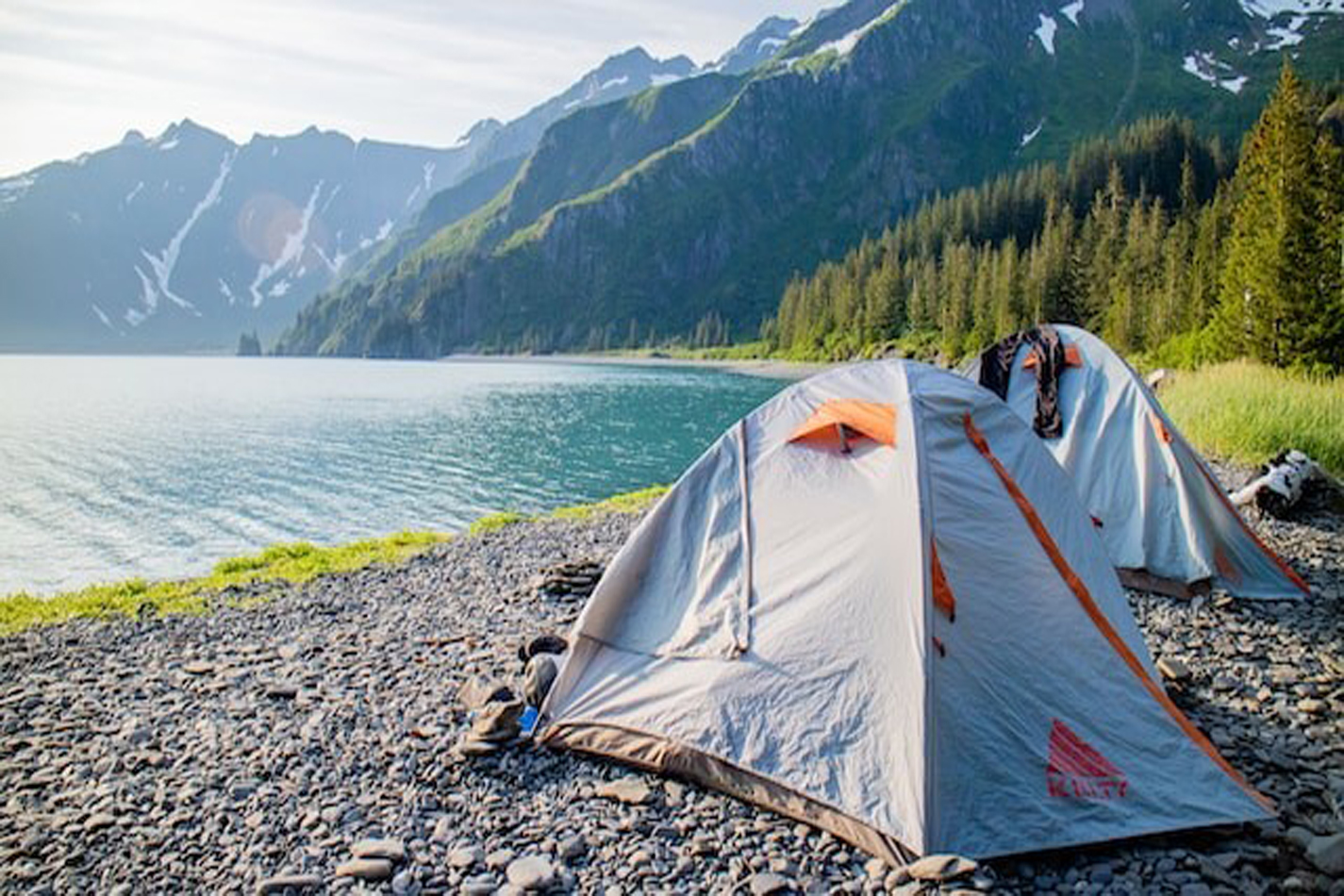INTRODUCTION
Canoeing is a cherished activity that offers a deep connection to nature and a unique way to experience the country's beautiful wilderness. Learning how to canoe is indeed an exciting journey that can unlock a world of wilderness adventures. However, for beginners, the array of canoeing skills and techniques to master may initially appear overwhelming. Whether you're a beginner or looking to refine your skills, here's a comprehensive guide to help you get started on your canoeing journey
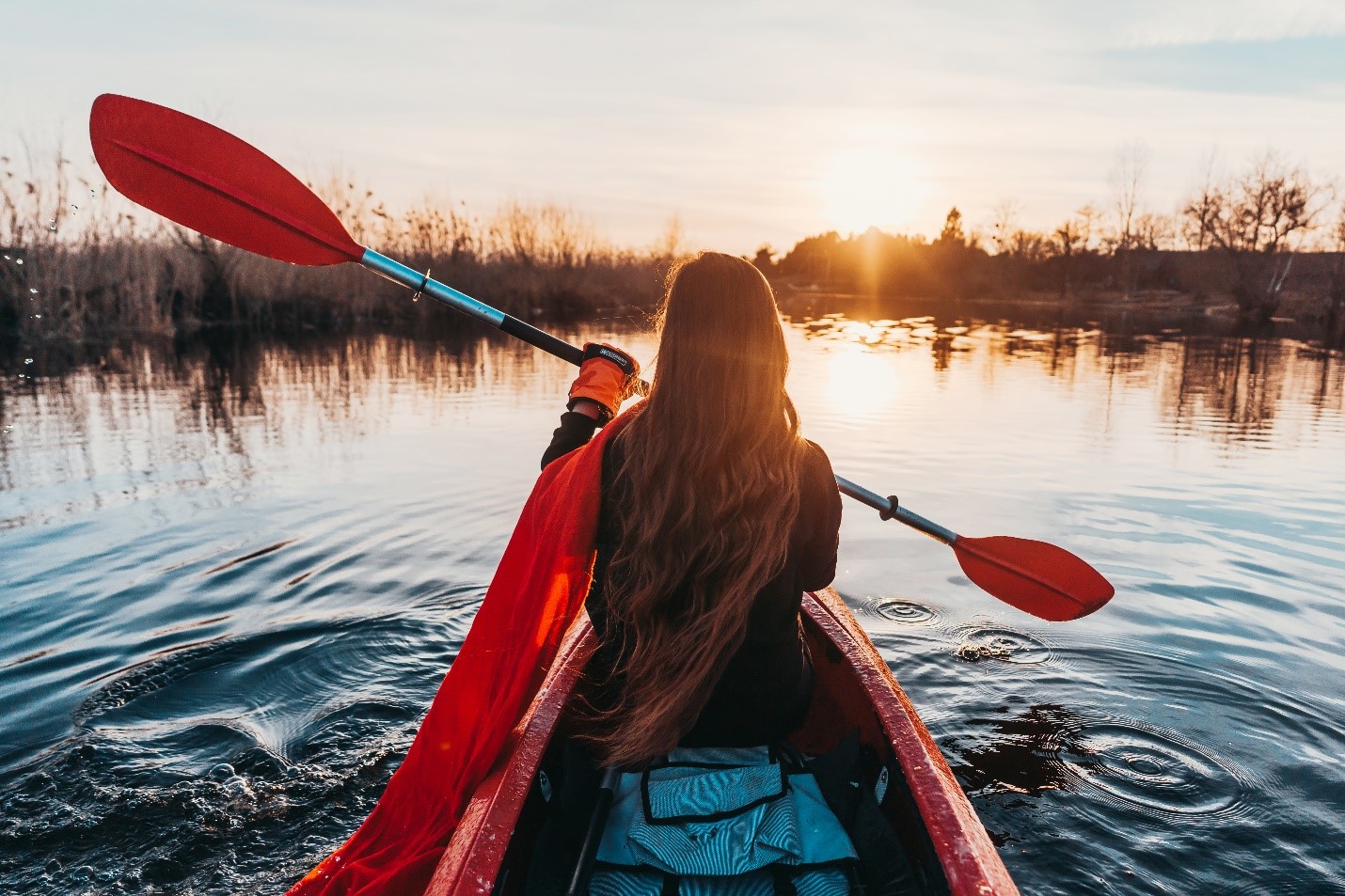
Why Canoeing?
Canoeing offers a profound connection with nature and a sense of purification. It's an accessible sport, even for beginners, and can be incredibly rewarding. Canoeing offers a unique and compelling outdoor experience for a variety of reasons:
Canoeing allows you to immerse yourself in natural settings, from serene lakes to winding rivers and remote wilderness areas. It provides a close and personal connection with the environment, making it an excellent choice for nature enthusiasts. Canoeing is a physically engaging activity that offers a full-body workout. Paddling works your upper body, core, and legs, promoting fitness and strength while enjoying the outdoors.
The rhythmic motion of paddling, the soothing sounds of water, and the tranquil surroundings create a sense of calm and relaxation. It can serve as a form of mindfulness, reducing stress and promoting mental well-being.
Canoeing often brings you closer to wildlife, allowing you to observe birds, fish, and other aquatic creatures in their natural habitats. It's a fantastic way to appreciate the beauty of the natural world. Canoeing opens up access to remote and less-traveled areas that may be inaccessible by other means. It provides a sense of adventure as you explore new waterways and discover hidden gems.
Canoeing can be adapted to various skill levels and preferences. Whether you prefer serene paddling on calm waters, whitewater adventures, or long-distance expeditions, there's a canoeing experience for everyone.
Canoeists often develop a deep appreciation for the environment and become advocates for its protection. This connection to nature can lead to greater awareness and efforts to preserve natural habitats.
Canoeists often develop a deep appreciation for the environment and become advocates for its protection. This connection to nature can lead to greater awareness and efforts to preserve natural habitats.
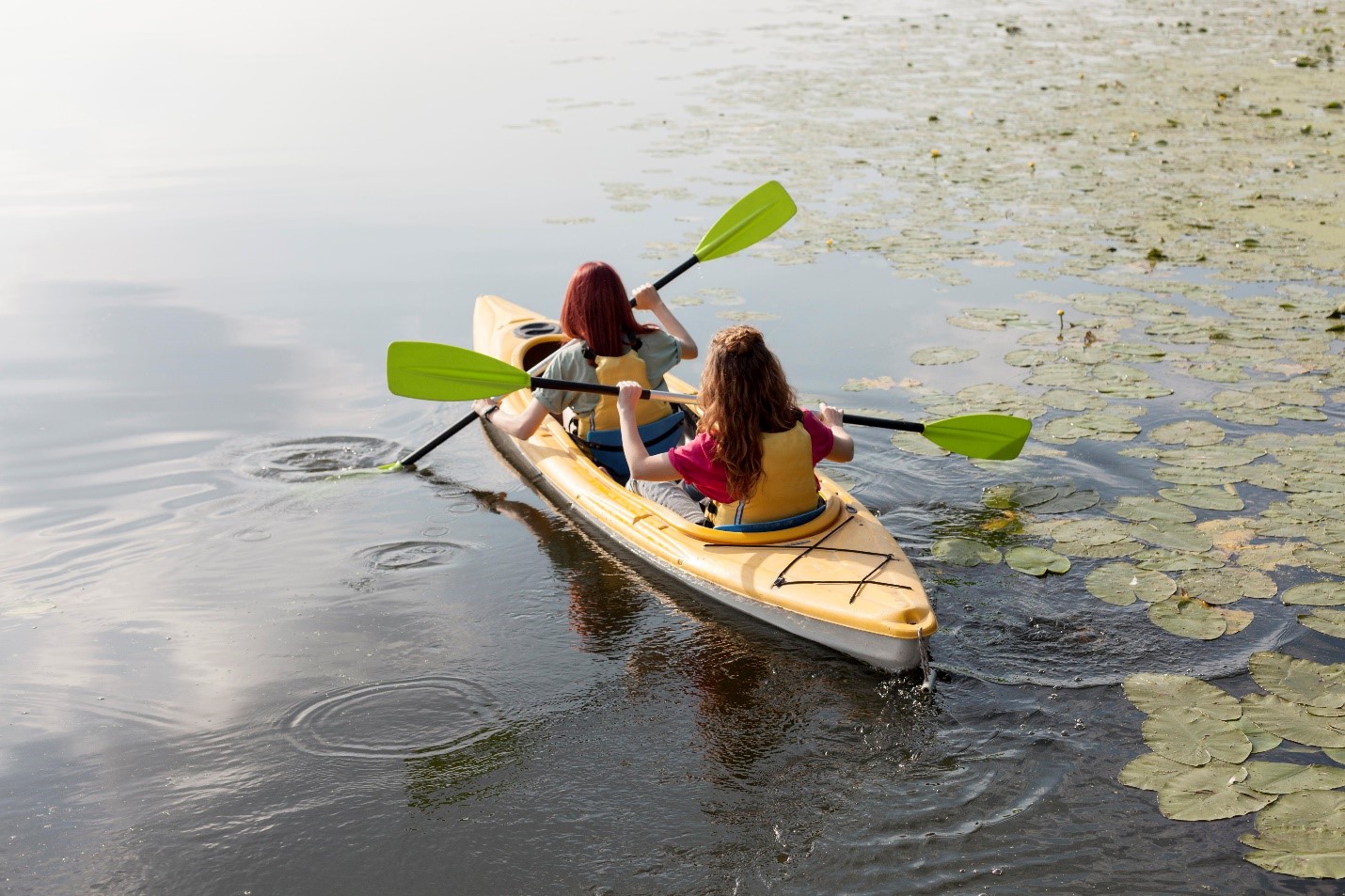
Getting Started:
If you’re new to paddling, it is highly recommended to start with Tandem canoeing as it's easier to keep the boat straight with two people.
Learning the basic skills for canoeing through formal coaching and classes is an excellent way to build a strong foundation in this outdoor activity.
Start by researching canoeing courses and instructors in your local area. Look for schools, clubs, or organizations that offer formal canoeing instruction.
During the course, you'll be introduced to the basic canoeing skills, strokes, and techniques. Pay close attention to the instructor's guidance on paddling techniques, safety procedures, and navigation.
Start in calm, warm waters close to shore, such as lakes or ponds, to minimize waves and currents. Avoid paddling on days with thunderstorms.
Make sure you know how to swim and feel comfortable in the water.
Equipment You'll Need:
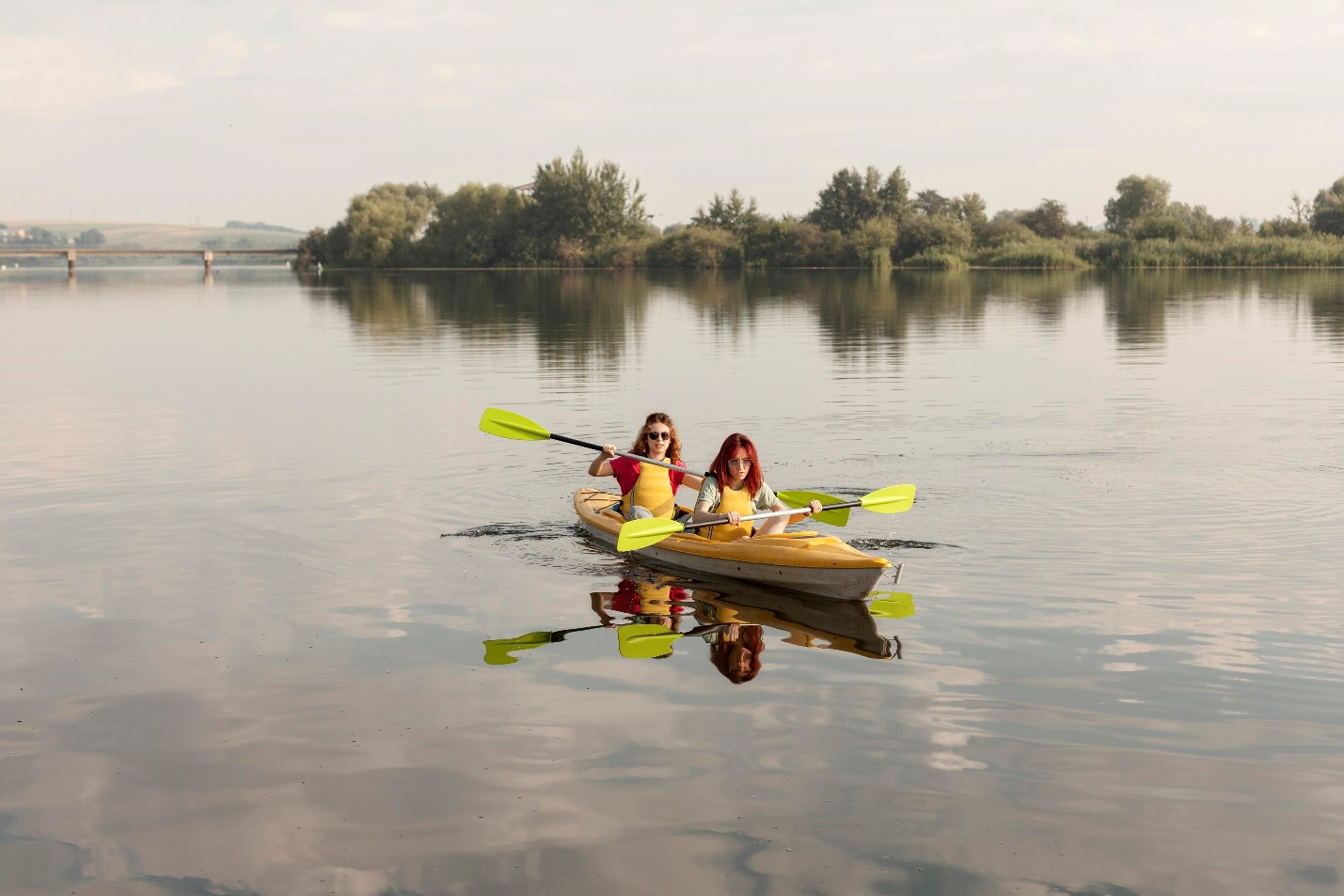
When embarking on a canoeing adventure, it's essential to have the right equipment to ensure safety and enjoyment on the water. Here are the basics of the equipment you'll need for canoeing:
Canoe:
The most crucial piece of equipment is, of course, the canoe itself. Canoes come in various sizes and shapes, designed for different purposes. Select a canoe that suits your needs, whether it's for solo or tandem paddling, recreational use, or specific activities like whitewater or touring. Canoes can be made from materials such as fiberglass, aluminum, or durable plastics like polyethylene.
Paddles:
You'll need paddles to propel and steer the canoe. Paddles come in various lengths and styles. The right paddle length is determined by your height and the width of the canoe. Generally, the throat of the paddle (where the blade begins) should reach between your chin and nose when you turn the paddle upside down. Paddles can be made from materials like wood, aluminum, or composite materials.
Life Jackets
(Personal Flotation Devices - PFDs): Personal flotation devices are essential for safety while canoeing. Each person in the canoe should wear a properly fitted PFD at all times. Ensure that the PFD is Coast Guard-approved and suitable for paddling activities. PFDs come in different sizes, so choose one that fits snugly and comfortably.
Safety Equipment:
Safety equipment is essential for preparedness on the water:
Whistle:
Carry a whistle attached to your PFD. It's an important signaling device to call for help in case of an emergency
Bailer:
A bailer is a container used to remove water from the canoe if it becomes swamped. Some PFDs have built-in bailers.
Buoyant Rope:
Transport Canada requires carrying a buoyant rope that is at least 15 meters long. This rope can be used for various purposes, including rescue situations.
Clothing and Footwear:
Dress appropriately for the weather conditions:
Clothing:
Wear moisture-wicking and quick-drying clothing. Avoid cotton, as it retains moisture and can lead to hypothermia in cold, wet conditions.
Footwear:
Opt for water-resistant or waterproof footwear, such as water shoes or neoprene booties, which provide good traction and protection.
Sun Protection:
Protect yourself from the sun's harmful rays:
Hat:
Wear a wide-brimmed hat or a cap with a visor to shield your face from the sun.
Sunscreen:
Apply sunscreen with a high SPF to exposed skin to prevent sunburn.
Dry Bags:
Use dry bags to keep essential items like clothing, food, and electronics dry in case of splashes or capsizing. Dry bags are waterproof and can be securely sealed.
Navigation Tools:
Depending on your canoeing plans, consider carrying navigation tools such as maps, a compass, or a GPS device to help you find your way on larger bodies of water.
Repair Kit:
Carry a basic canoe repair kit that includes items like duct tape, a multi-tool, and patching materials for quick fixes in case of minor damage.
Extras:
Depending on your specific trip, you may also need extras like a camping stove, camping gear, or fishing equipment.
How to Get in into the Canoe:
Getting into a canoe for the first time can be a bit tricky, but with practice, it becomes easier. Maintaining balance is crucial to prevent capsizing. Here's a step-by-step guide on how to get into a canoe and maintain balance:
Choose a Stable Location:
Start in calm, shallow, and stable water close to the shoreline. Avoid areas with strong currents or waves for your first attempts.
Prepare Your Canoe:
Make sure the canoe is parallel to the shore with the bow (front) facing the water. If you have gear or passengers, distribute weight evenly to maintain balance.
Secure the Canoe:
If you're on a dock or shore, have your partner or a friend hold the canoe steady while you get in. If you're starting from shallow water, ensure the canoe is firmly grounded to prevent it from drifting..
Position Yourself:
Stand next to the canoe, facing the bow. Keep your body weight centered and balanced.
Enter from the Side:
To maintain stability, step into the canoe from the side, not the end. The centerline of the canoe is your "sweet spot." You want to distribute your weight evenly and avoid sudden movements that can tip the canoe.
Use Three Points of Contact:
As you step in, maintain three points of contact:
- Place one hand on the gunwale (the upper edge of the canoe) near the center.
- Keep your other hand on the gunwale on the opposite side, ensuring you're holding the canoe steady.
- Place one foot in the center of the canoe to stabilize it further.
Slowly Sit Down:
Lower yourself gently into the canoe, keeping your weight centered. Move one leg inside and then the other while maintaining your three points of contact. Try to keep your body as low as possible to maintain stability.
Maintaining Balance:
Once seated, remain centered and balanced in the canoe. Avoid sudden movements or shifting your weight abruptly.
Tips for Maintaining Balance:
- Sit with your back straight and your weight distributed evenly between your buttocks.
- Keep your feet flat on the floor of the canoe.
- Engage your core muscles to help maintain stability.
- Avoid reaching too far over the side of the canoe, as this can upset the balance.
- Ask your paddling partner to enter the canoe in a similar manner to maintain balance.
Basic Paddling Strokes:
For those who are new to paddling, it's essential to begin by mastering the fundamental canoe strokes. These strokes are designed to make the most efficient use of your muscles while maneuvering the canoe.
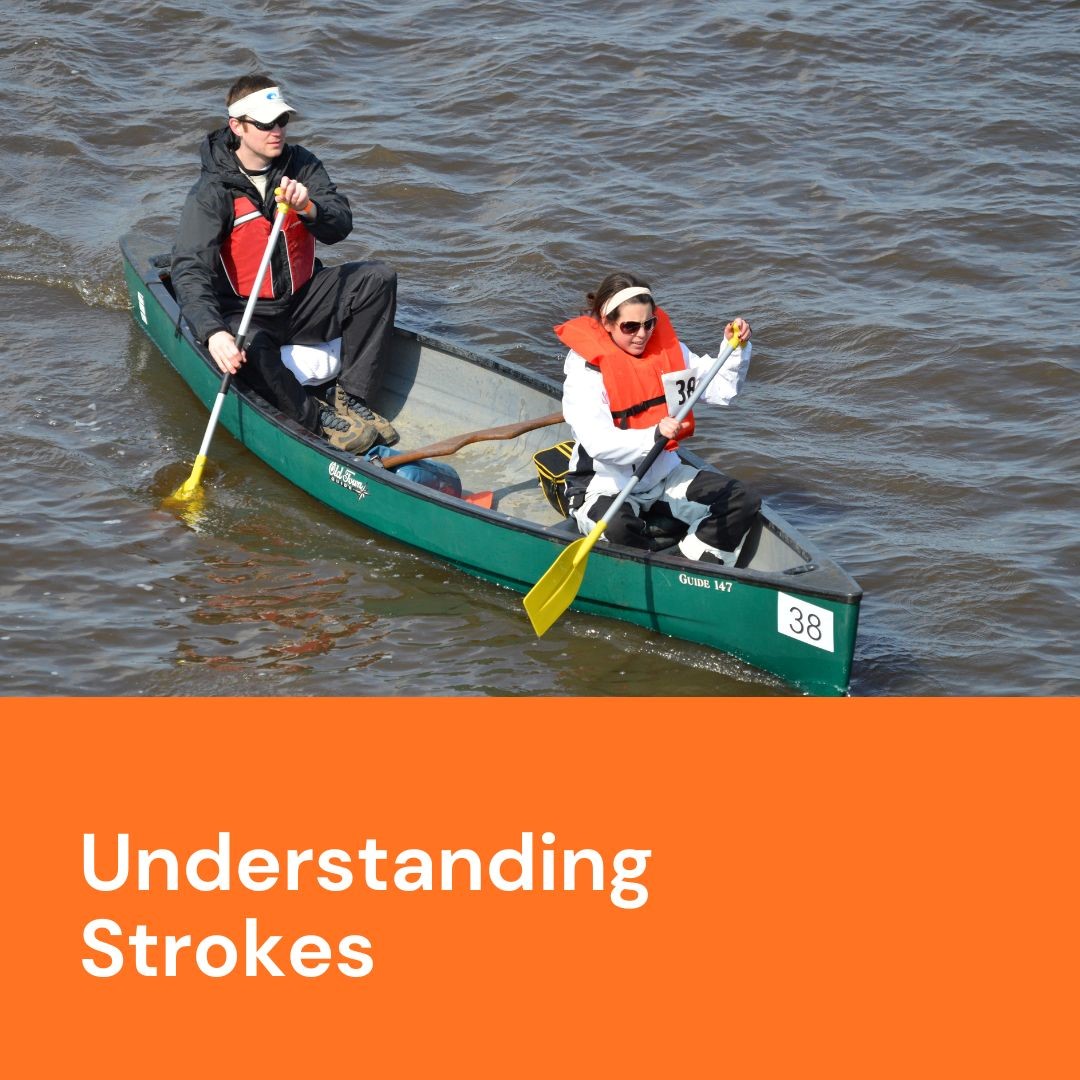
Forward Stroke:
The forward stroke is the most basic and essential paddling stroke. It involves reaching out with your paddle, immersing it in the water, and pulling it towards you in a straight line alongside the boat. This stroke propels your watercraft forward.
J-Stroke:
The J-stroke is primarily used in canoeing. It combines a forward stroke with a subtle correction at the end to keep the boat moving in a straight line. The paddle forms a "J" shape during this stroke.
Reverse Stroke:
The reverse stroke is used to move your boat backward. It's essentially the reverse of the forward stroke. Reach behind you with the paddle blade and push the water away from the boat.
Draw Stroke:
The draw stroke is used to move your boat sideways. It involves placing the paddle blade in the water alongside the boat and pulling it towards the boat's hull. This stroke is handy for making subtle course corrections or moving laterally.
Tandem Paddling
Partners collaborate by paddling on opposite sides of the canoe, which provides stability and aids in maintaining a relatively straight course. The individual at the front, known as the bow person, primarily engages in forward paddling, while the rear, or stern person, combines forward paddling with steering maneuvers.
Additional Tips:
Coordination between partners is key to paddling in a straight line. Avoid grabbing the gunwales (sides of the canoe) if the canoe wobbles; this can make tipping more likely. Instead, put your paddle in the water to stabilize. Never stand in the canoe, as it can lead to instability and potential capsizing. With practice, canoeing will become second nature, allowing you to relax and enjoy your journey, whether it's a hundred miles or just a short trip. Enjoy your canoeing adventure and embrace the beauty of wilderness!
